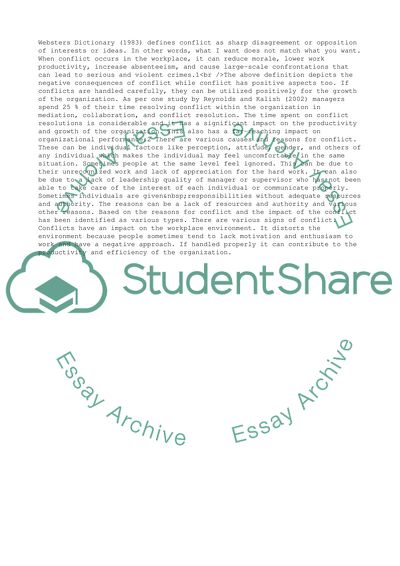Cite this document
(Conflict and Negotiation in the Workplace Term Paper, n.d.)
Conflict and Negotiation in the Workplace Term Paper. https://studentshare.org/management/1704423-conflict-and-negotiation-in-the-workplace
Conflict and Negotiation in the Workplace Term Paper. https://studentshare.org/management/1704423-conflict-and-negotiation-in-the-workplace
(Conflict and Negotiation in the Workplace Term Paper)
Conflict and Negotiation in the Workplace Term Paper. https://studentshare.org/management/1704423-conflict-and-negotiation-in-the-workplace.
Conflict and Negotiation in the Workplace Term Paper. https://studentshare.org/management/1704423-conflict-and-negotiation-in-the-workplace.
“Conflict and Negotiation in the Workplace Term Paper”. https://studentshare.org/management/1704423-conflict-and-negotiation-in-the-workplace.


